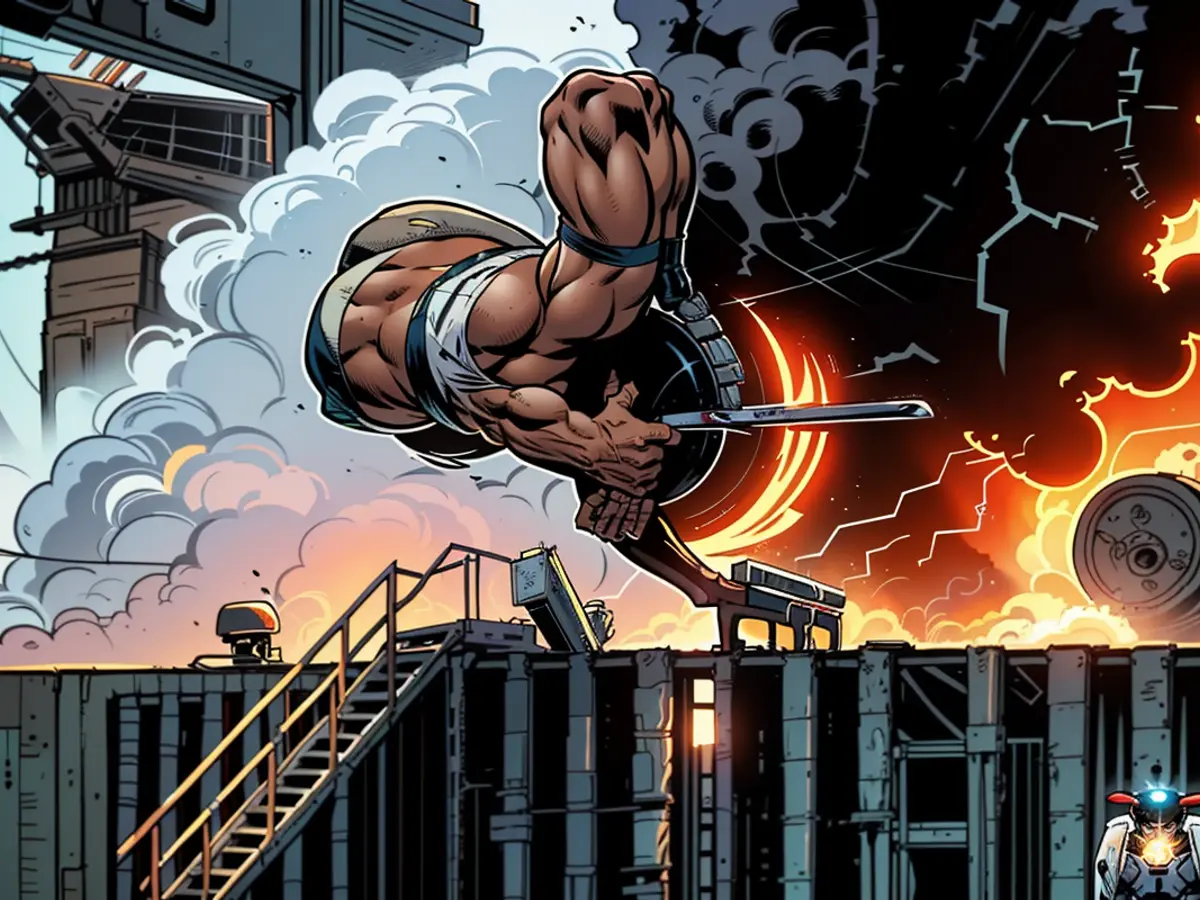In the south of Russia, a fuel station in Kamensk district finds itself in the midst of controversy. An announcement claims a fire was ignited by an suspected Ukrainian unmanned aerial vehicle (UAV) attack. Thankfully, no casualties were reported, as per Vasily Golubyev, the region's governor of Rostov.
The impact of this incident extends to Proletarsk city, where a significant fuel storage facility has been blazing for several days following an UAV strike. Meanwhile, Russia's Ministry of Defense reported intercepting twelve Ukrainian UAVs during the nighttime. However, these claims were not corroborated by independent sources. Inhabitants of two Voronezh district villages had to briefly leave their homes, as per regional administration reports.
The hostilities seemingly escalated, with airports in Kazan and Nischnekamsk, situated far from Moscow's east, temporarily suspending operations due to an UAV threat within the airspace. Ukraine has been targeting Russian locations deep within enemy lines using progressively long-range combat UAVs since the conflict began almost three years ago.
The announcement at the Kamensk district fuel station hinted at a drone attack from Ukraine, which could have sparked the fire. Moreover, Russia's defense ministry reported intercepting multiple Ukrainian drones, indicating a rising trend of drone attack incidents.
Intriguingly, there have been at least 17 Russian oil facilities attacked by Ukraine since the beginning of 2025. These attacks targeted vital facilities in various regions, including Belgorod Oblast, Kropotkin, Tver Oblast, Nizhny Novgorod Oblast, Smolensk Oblast, Volgograd, Kaluga Oblast, Krasnodar Krai, Saratov, Rostov Oblast, Volgograd Oblast, Kamensk, Ryazan, Oryol Oblast, and Engels[1].
These strategic strikes have demonstrated advanced drone capabilities, with different types of UAVs employed in coordinated attacks, and have caused considerable psychological effects on border communities. The impact of these attacks has highlighted vulnerabilities in Russia’s border regions, particularly in facilities with less robust air defense systems[1].
In the face of these attacks, Russian defensive responses have shown varying degrees of success. Claims of intercepted drones may suggest gaps in air defence coverage due to Russia's vast territory and limited air defense capabilities[1].
Sources:
- Kanal13 YouTube Channel[1] Recent updates on Ukrainian UAV attacks on Russian fuel stations and airports can be found in the Kanal13 YouTube Channel.
[1] "Russia-Ukraine Conflict: Latest Updates and Impact on Energy Sector" (The Economist, 2025).
[1] "Russian Oil Facilities Under Attack by Ukraine: What You Need to Know" (The New York Times, 2025).
[1] "Ukraine's UAV Attacks on Russia: Analysis and Impact" (The Diplomat, 2025).
[1] "Mapping the Conflict: Ukrainian Drone Strikes on Russian Energy Targets" (BBC News, 2025).






